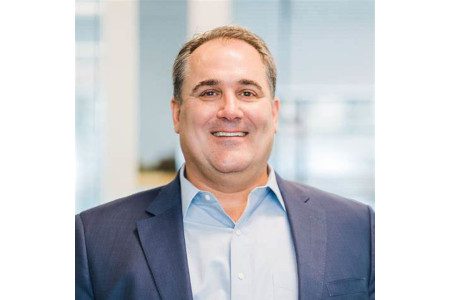Jo Bradley, Business Development Manager, at Sparck Technologies discusses how eCommerce packaging must change to meet COP26 objectives.
The recent COP26 summit has focused new attention on the contribution that supply and distribution chains, especially in e-commerce, make to greenhouse gas (GHG) emissions and other environmental ills. Many companies have publicly committed to change but, as consultants McKinsey note, “In many instances net-zero commitments are running ahead of companies’ own plans to meet them”.
Clearly, it will take years, and much innovation and investment in material production, product design and distribution technology, to deliver net-zero supply of the products that consumers want and need. But one step that ecommerce businesses could take, economically, effectively, and right now, is to stop delivering what consumers neither want nor need – excess packaging.
If businesses are serious about aligning their policies to COP26 objectives, then simple, obvious steps to reducing waste should be taken now.
The cardboard box is a wonderful invention, but the commonplace experience of receiving small items in grossly oversized packaging often filled with non-recyclable polyethylene or polystyrene void fill, has moved from amusing, through annoying, to downright scandalous. This is a wasteful act that undermines efforts to attain a net-zero future.
As a material, cardboard packaging may be far more environmentally acceptable than its petro-chemical based alternatives, but it is still a valuable resource that should be used as thoughtfully and sparingly as possible. Making and recycling paper and cardboard is an energy-intensive process using significant amounts of hot water, so keeping the amount of cardboard we use to an absolute minimum is an important step on the journey to achieving a net-zero supply chain.
The ecommerce sector has an opportunity, indeed, a duty, to use available technology to make right-sized packaging for each individual ecommerce order. Sparck Technologies (formerly Quadient) offers CVP Automated Packaging Solutions that create ‘right-size’ boxes in seconds by scanning and measuring the goods – single or multi-item orders – cutting and erecting the box, sealing, weighing, and labelling. Interestingly, multiple corrugate feeders are becoming more popular with ecommerce businesses as different widths of cardboard can be selected automatically by the machine to minimise off-cuts – and branded board is also an option.
By minimising corrugate use, cardboard consumption reduces by 30% on average and void fill is virtually eliminated, significantly reducing packaging material costs. And as businesses are well aware, cardboard is under significant upward price pressure.
Furthermore, using smaller boxes means a greater density of product per truck or van load. A reduction in volume for a given quantity of goods of up to 50% potentially reduces the number of trucks required on trunk routes, and the empty running caused by ‘last mile’ vehicles having to return to depot to reload in mid-shift – both of which can significantly reduce transport GHG emissions and costs, as well as other environmental harms, from noise pollution to congestion.
Media contact
Rebecca Morpeth Spayne,
Editor, International Trade Magazine
Tel: +44 (0) 1622 823 922
Email: editor@intrademagazine.com





